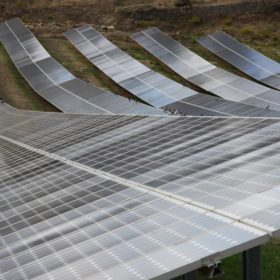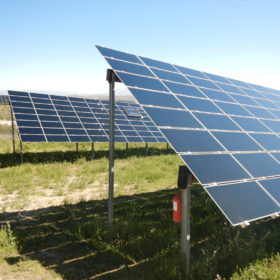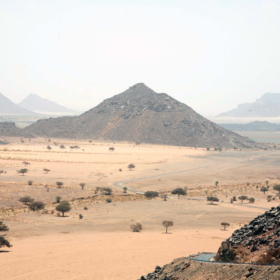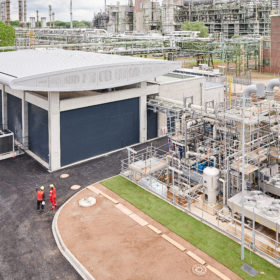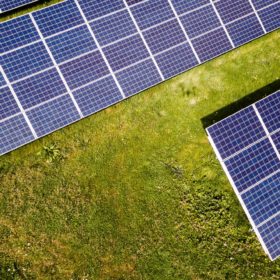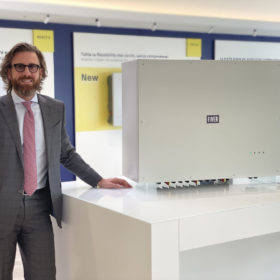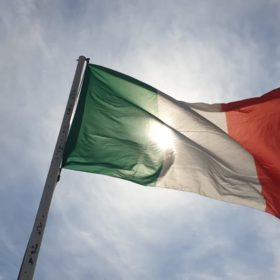Storage, curtailment could support 130 GW of PV in Italy by 2060
A group of scientists argue that centrally managed, flexible PV fleets could be an optimal solution for Italy. And they claim that a mix of storage and curtailment could facilitate the deployment of 130 GW of PV by 2060 at a minimal cost.
The Hydrogen Stream: Plans for $75bn, 50 GW green energy hub in Western Australia
Plus, as the European Commission prepares to present its ‘Fit for 55’ climate change package tomorrow, European companies are continuing to develop hydrogen plans, including Shell in Norway and Siemens in Germany.
When does revamping pay off?
With projects in many PV markets aging past the 10-year mark – with major leaps in technology having occurred in that time – revamping is a popular topic among asset owners. pv magazine spoke with Asier Ukar, general manager of the Spanish subsidiary of German engineering company PI Berlin, to uncover the benefits of revamping PV projects with new components and also to examine the challenges and risks involved.
The Hydrogen Stream: Italy’s Eni lays out plans in Algeria and Egypt, UAE joins race with help from Japan
Italian energy company Eni is partnering with local companies in Algeria and Egypt to explore the possibility of producing green and blue hydrogen in the North African countries. The United Arab Emirates is also collaborating with Japanese partners to develop the country’s hydrogen sector, while in New York, hydrogen has arrived in Long Island.
The Hydrogen Stream: Ineos to invest £25m in HydrogenOne fund as Shell fires up its 10 MW electrolyzer
Plus, the Norwegian government is set to devote €2.5 million into a joint venture trying to develop liquid organic hydrogen carrier solutions for shipping by the middle of the decade.
Draghi must deliver on promises to simplify Italian solar permits
The current planning regulations would mean Italy not hitting its 2030 climate change targets for another 70 years and clean energy trade bodies say the Simplification Decree being debated in parliament – which was drafted to secure €191 billion of EU cash and loans – does not go far enough.
New renewables cheaper than legacy coal or gas for almost half the world’s population
Electricity bill payers in nations as diverse as Germany, Greece, India and China should be aware new solar projects can now generate electricity cheaper for them than legacy coal and gas-fired plants.
Fimer launches two new inverters for large scale projects
The Italian manufacturer has showcased a high-power multi-MPPT string inverter and modular conversion solution – designed to supply both decentralized and centralized systems.
Italy could become vital hydrogen hub between North Africa and Europe
Italian hydrogen and fuel cells association H2IT is urging the national government to support investment in green hydrogen and ensure medium-long payback periods. The trade body’s goal is to build large-scale electrolyzers (>100 MW) to decrease green hydrogen’s price below €2.0/kg.
Italy has 189 MW/295 MWh of distributed storage capacity
The country added around 73.5 MW/109.2 MWh of new, small-sized storage capacity in 2020. Most of the batteries are in Lombardy and Veneto, where rebates are being offered.
